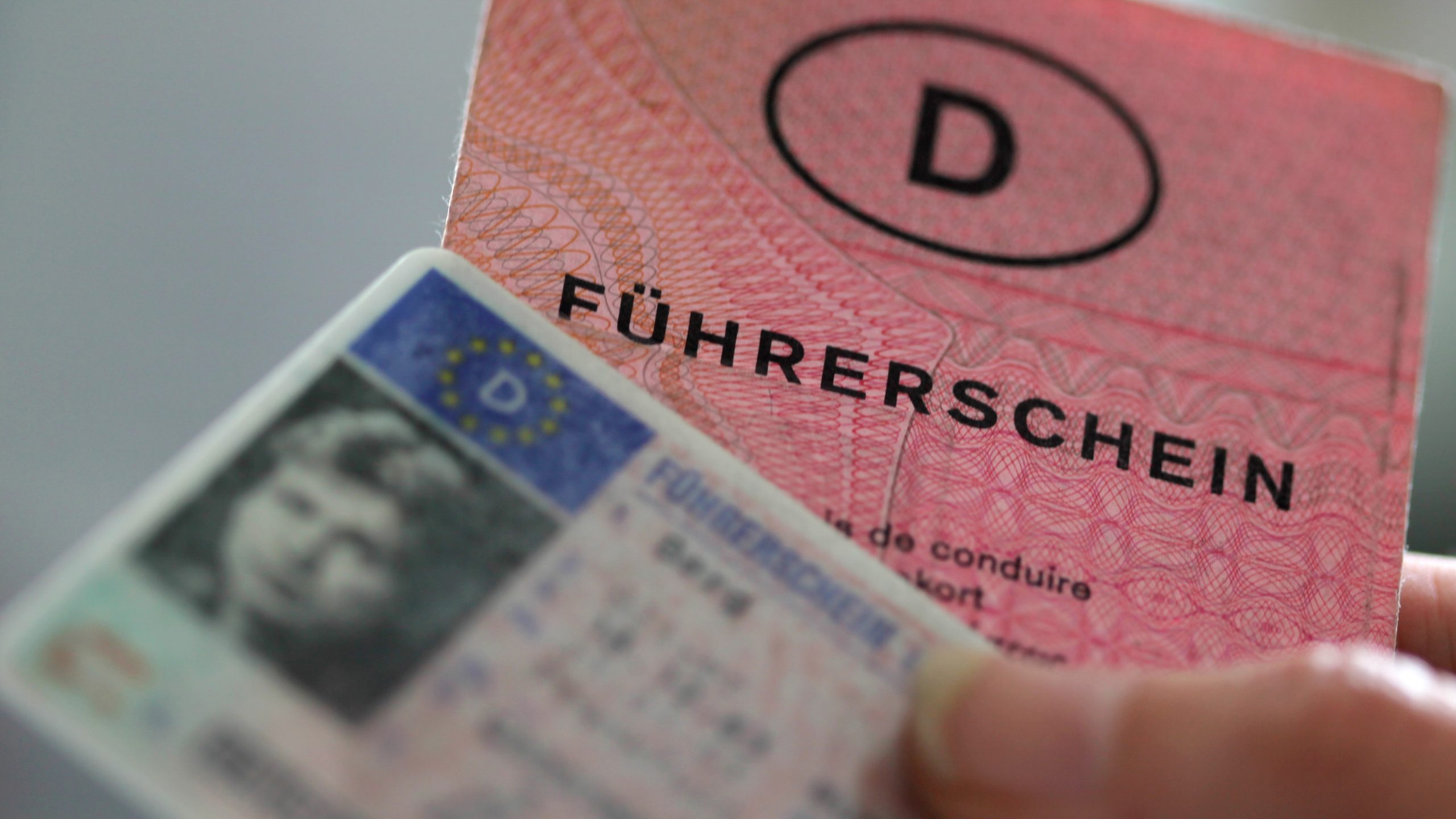Is Technology Making Road Traffic Regulations Better Or Worse?
Understanding Road Traffic Regulations: A Comprehensive Guide
Road traffic guidelines are necessary for guaranteeing the safety of motorists, pedestrians, and other roadway users. These laws govern the operation of cars, the behavior of chauffeurs and pedestrians, and help with smooth traffic circulation. This short article explores the various elements of roadway traffic regulations, their significance, and some common guidelines and regulations that every roadway user should be familiar with.
The Importance of Road Traffic Regulations
Road traffic guidelines serve a number of essential functions:
- Safety: They are primarily created to protect the lives of individuals on the roadway, decreasing accidents and injuries.
- Organized Traffic Flow: By developing clear rules, these policies help in handling the circulation of automobiles and lessening congestion.
- Security of Pedestrian Rights: They ensure that pedestrian crossings and rights-of-way are respected, promoting much safer travel on foot.
- Environmental Considerations: Certain regulations aim to lower ecological impact, encouraging environmentally friendly driving practices.
- Legal Framework: They provide legal accountability for motorists and pedestrians, defining charges for violations.
Crucial Element of Road Traffic Regulations
Understanding roadway traffic guidelines is crucial for compliance and safety. Below are some of the essential elements:
Element
Description
Traffic Signs
Various signs that offer details and instructions to drivers.
Traffic Signals
Lights that control the flow of traffic at intersections.
Speed Limits
Optimum and minimum speed limitations set for various road types.
Right-of-way Rules
Standards on which roadway users need to go first at intersections.
Seat Belt Regulations
Laws mandating the using of seat belts for motorist and guests.
Driving Under the Influence
Strict penalties for operating an automobile while impaired by alcohol or drugs.
Vehicle Registration and Licensing
Requirements for lorries to be signed up and chauffeurs to possess valid licenses.
Typical Traffic Regulations
Although traffic policies can vary from one nation to another, some typical rules are generally observed worldwide:
1. Speed Limits
Many jurisdictions impose speed limits based on road type and location, such as:
- Residential areas: 25-35 miles per hour
- Urban locations: 30-50 mph
- Highways and highways: 55-70 miles per hour
2. Drinking and Driving
Driving under the impact of alcohol or drugs is prohibited in the majority of locations. Common blood alcohol concentration (BAC) limitations are:
- 0.08% for general chauffeurs
- 0.00% for amateur or industrial drivers
3. Seat Belt Usage
Seat belts must be worn by all occupants in an automobile. Failure to comply can lead to fines.
4. Pedestrian Crossings
Drivers need to accept pedestrians at significant crosswalks and comply with signals directing pedestrian movement.
5. Cellphone Use
Using portable gadgets while driving is restricted in many locations to reduce distractions.
Frequently asked question Section
Q1: What should I do if I witness a traffic infraction?
If you observe a traffic infraction, you ought to collect as much info as possible (lorry description, license plate number, location, and time) and report it to local law enforcement.
Q2: How can I remain upgraded on modifications in traffic policies?
Traffic laws can alter periodically. Updates are typically published by local government websites. It is advisable to follow local news or traffic law enforcement firms' statements for any modifications.
Q3: Are there particular traffic policies for business chauffeurs?
Yes, business chauffeurs frequently deal with more stringent regulations, such as driving hour limitations, automobile examinations, and special licensing requirements.
Q4: What occurs if I break traffic regulations?
Penalties for breaking traffic laws can include fines, points on your license, and in severe cases, jail time. Deutschen Führerschein Kaufen might result in the suspension of driving benefits.
Q5: How do traffic regulations affect public transport?
Traffic regulations are crucial for public transportation systems to function efficiently. They assist in establishing bus lanes, managing taxi services, and ensuring that public transport vehicles follow safety requirements.
Road traffic policies play a pivotal function in keeping the safety and order of highways globally. Understanding these laws is not just a legal responsibility however a moral one that promotes the wellness of all roadway users. Continuously updating oneself about traffic guidelines and sticking to them can greatly reduce the dangers associated with road travel. As communities develop and technologies boost, these guidelines might also adjust, requiring constant knowing for chauffeurs, cyclists, and pedestrians alike.
By keeping notified and staying certified with roadway traffic guidelines, people contribute favorably to the shared obligation of roadway safety, ultimately reducing mishaps and conserving lives.
